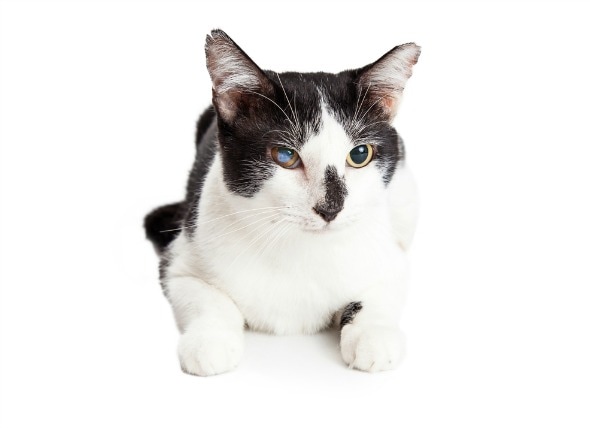neurological disorders in cats eyes
What causes neurological disorders in cats. A cat with vestibular disease may have trouble keeping its balance.

What To Know About Horner S Syndrome In Cats
Meningitis is when the.
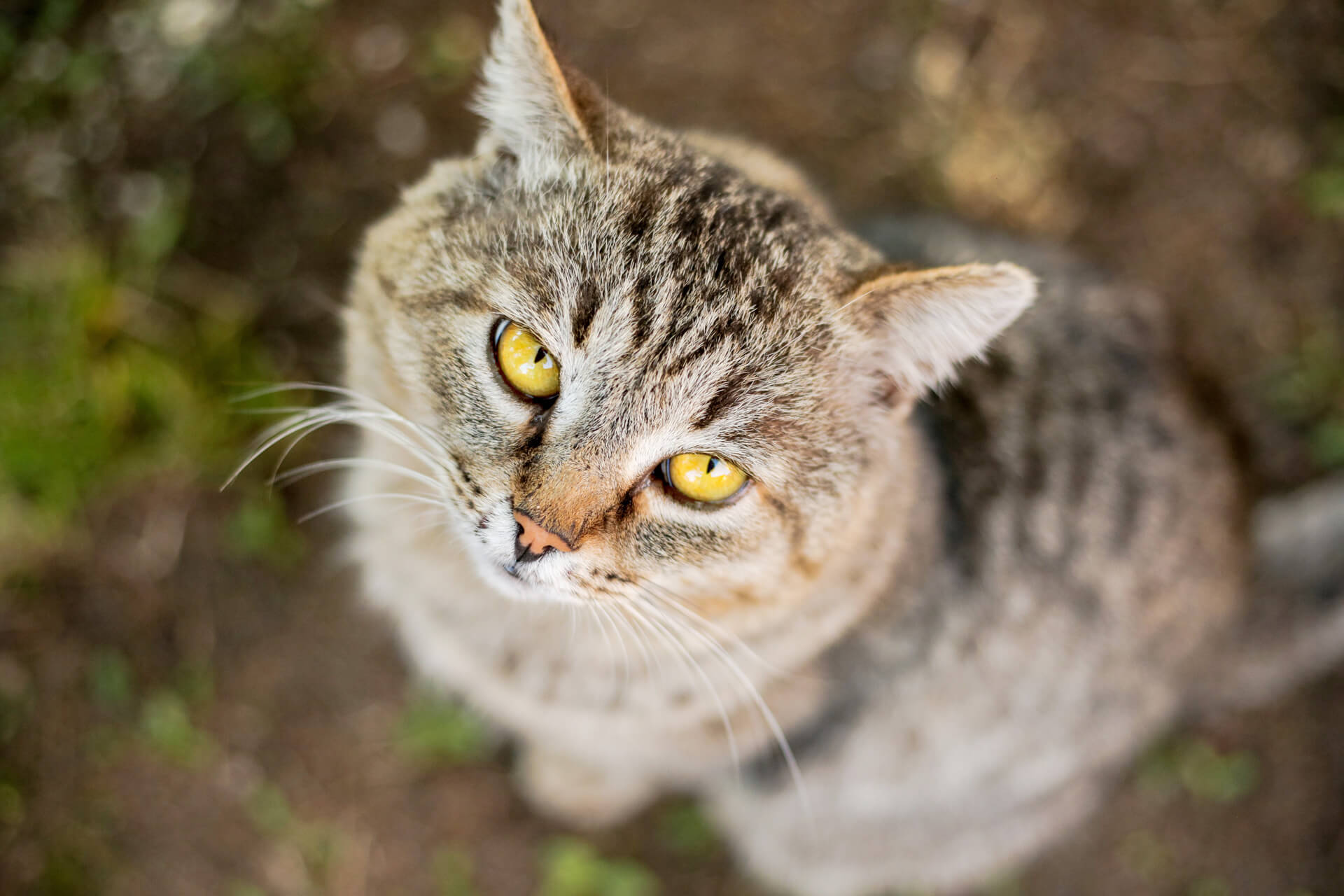
. Viral infections such as rabies a condition that is fatal. Many neurological disorders in cats cannot be cured but they can be managed especially with early detection. Neurological disorders result from a disruption to your cats nervous system.
The condition does not appear to cause a problem for affected cats. The effects of an injury on sensory and motor functions depend on its location and severity. So in this article you will find some information about this disease as well as something related to it.
Causes of Brain Disorders in Cats Inflammation in the brain caused by infectious diseases such as meningitis or encephalitis. In this study we investigated the occurrence of neurological diseases in cats clinically diagnosed at our facility. Did you know that cats can also suffer from epilepsy and seizures just like their human.
Meningitis and encephalitis are two very serious brain conditions. Head trauma is a common cause of feline neurological problems. While Horners syndrome is usually caused by trauma it can also result from brain or nervous system disease.
There is only one large-scale survey on neurological disorders in cats based on the histopathological viewpoint. It may walk in circles. Can neurological disorders in cats be cured.
A serious ear infection or neoplasm will cause proprioception dysfunction or meningitis encephalitis or encephalomeningitis can be the culprit. A spinal cord injury can cause loss of feeling and paralysis below the. Diabetic neuropathy Myasthenia gravis Hyperthyroidism associated neurological disorders Epilepsy.
There are also neurological disorders that can cause this. Many of the reports summarizing neurological disorders in cats considered only a limited disease groups. Reluctance or refusal to use its litter box.
The eye movement is similar to that of a pendulum on a clock. Vestibular disease causes vertigo the cat appears dizzy drunk have a head tilt and a rapid eye movement. Cats may have problems with the front and back leg when they get injured by jumping having a traffic accident falling into an injury or after being entangled on.
Your cat may also walk in circles tilt its head to the side or move its eyes back and forth very quickly. Besides the above-mentioned neurological problems in cats there are many others that felines can develop. Cats could seem drunk or dizzy tilt their head or show speedy abnormal eye movements.
With rehabilitation we may be able to rehabilitate a de-conditioned state help restore your pets normal functional movement and. The neurological signs include a wide variety. Treatment depends on the underlying cause.
Neurological disorders in cat back legs are one of the dangerous diseases. Histological evaluation revealed the presence of perivascular cuffing and glial nodules in FIV-infected cats. Uveitis iridocyclitis in a 3 year old cat.
Types of Common Neurological Disorders in Cats Include. If his eye or facial muscles begin drooping suspect Horners syndrome. Neurological disorders can have a profoundly negative impact on your pets ability to function move independently and enjoy quality of life.
Signs your cat may have had a stroke. If your kitten or older cat is facing a neurological condition its important that you. An affected cat says Dr.
Therefore large-scale data must be studied to enable accurate diagnosis of feline neurological disorders. These results indicate that FIV causes an acute neurological disease that closely resembles the early neurological effects of HIV infection in humans and should serve well as an animal model for lentivirus-induced CNS disease. Circling though this can also be the result of anxiety.
Anterior and posterior uveitis represents the most common ophthalmological signs. Ocular toxoplasmosisNote the keratic precipitates on the corneal endothelium. However an infection in the spinal cord may result in an unsteady gait problems with normal limb function or in worst cases complete paralysis.
Toxoplasmosis parasitic larva migrations through the nervous system roundworms or cuterebra larvae are possible in kittens congenital portosystemic liver shunts feline leukemia virus feline infectious peritonitis feline immunodeficiency virus metabolic encephalopathies liver or kidney disease leading to CNS signs are most likely in a kitten of. The two most common neurological issues in cats are related to epilepsy and vestibular syndrome. And a noticeable change in its gait and apparent sense of balance.
Vestibular disease in cats is a condition in which a cat suddenly develops incoordination falling or circling to one side involuntary darting of the eyes back and forth. Dewey may suddenly flop down and flail around. We described the localizations and frequencies of neurological diseases in a lar.
The primary signs of nervous system disorders include behavioral changes seizures tremors pain numbness lack of coordination and weakness or paralysis of one or more legs. They can be just as unpredictable in animals as they are in people. A diagnosis will require examination patient history and various analytical tests.
Because of this it is vital to be vigilant about tracking your cats symptoms if you suspect he may be suffering from a neurological disorder. The signs that your cat may be suffering from a neurologic disorder include. Altering the way it interacts with its owner and others.
Neoplastic disease causing tumors or growths in the brain. Pendular nystagmus is an abnormal movement of the eyes seen in various breeds of Asian cats. If the neurological issue is in your cats brain they may suffer seizures.
When it tries to stand it may lean to one side and fall. Lens luxation absent pupillary light reflex PLR and chorioretinitis were also encountered. Unsteadiness when walking due to one side of the body being affected.
The disease occurs due to pressure on the nerves that regulate the vestibular system. Knowledge regarding the epidemiology of neurological diseases in cats is limited. Types of Feline Neurological Disorders Epilepsy and Seizures.
Treatment depends on the particular reason behind the dysfunction. These disorders are among the most common neurological problems diagnosed in cats. Congenital deafness occurs in cats especially those with blue eyes and white fur.

Protrusion Of Third Eyelid In Cats
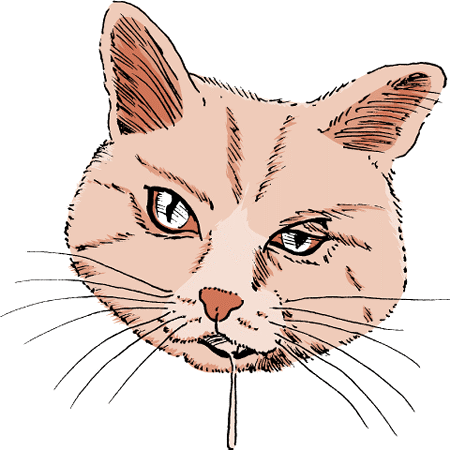
Facial Paralysis In Cats Cat Owners Msd Veterinary Manual

Symptoms Of Fungal Infections In Cats Greensboro Vet Guilford Jamestown Veterinary Hospital

Horner S Syndrome In Cats Causes And Treatment
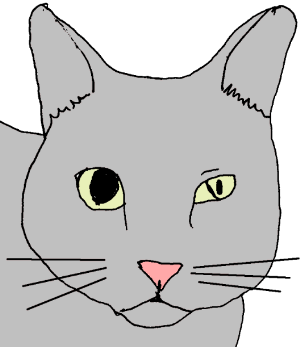
Horner S Syndrome In Cats And Dogs Veterinary Partner Vin

Cat Dementia Signs Symptoms Treatment Tips Tractive Blog

What To Know About Horner S Syndrome In Cats
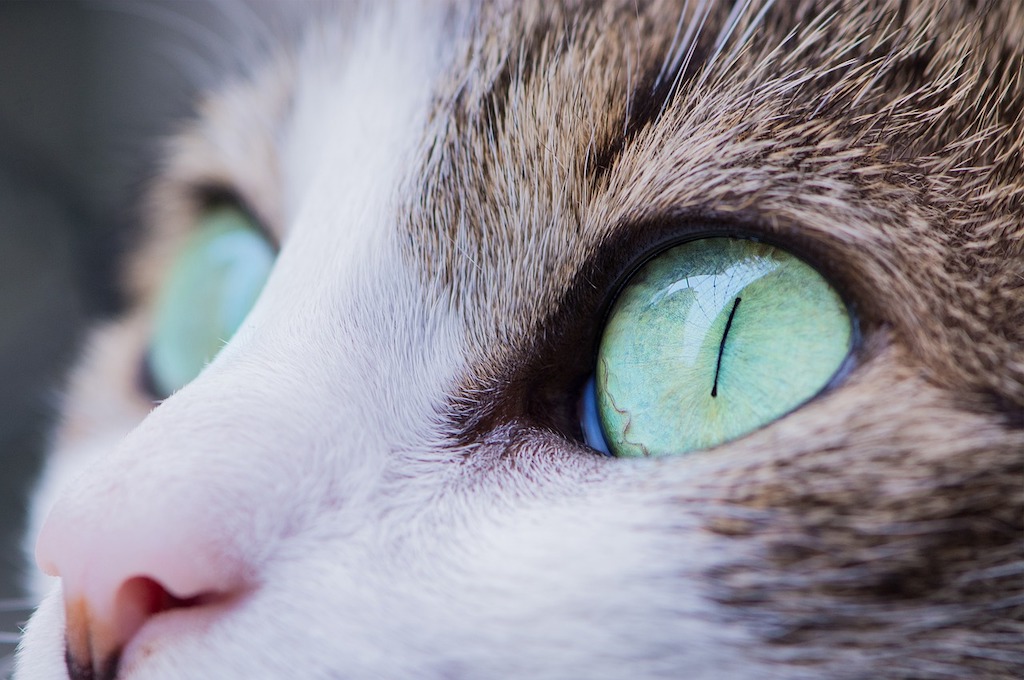
Cats Eye Diseases Hospital Veterinari Glories

Feline Dysautonomia Nervous System Msd Veterinary Manual

Neurological Disorder In Cats A Helpful Guide Canna Pet
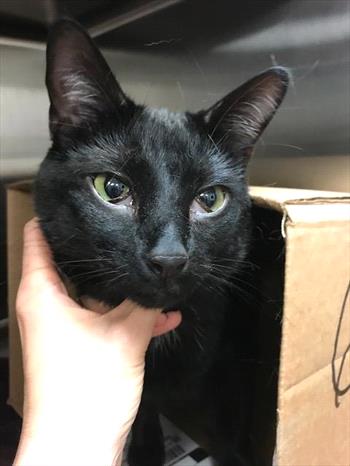
Haws Syndrome In Cats Veterinary Partner Vin
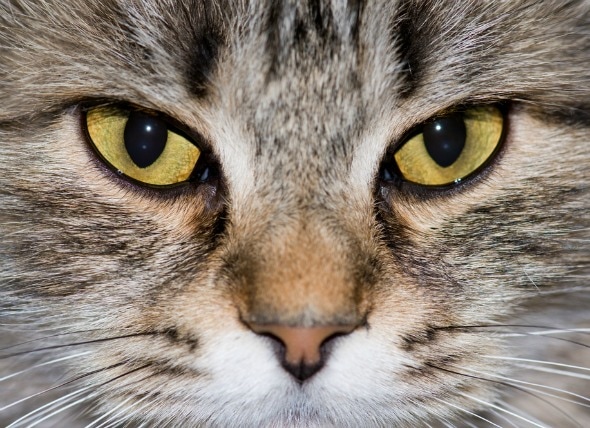
Anisocoria In Cats Causes Treatment And Faqs Petmd
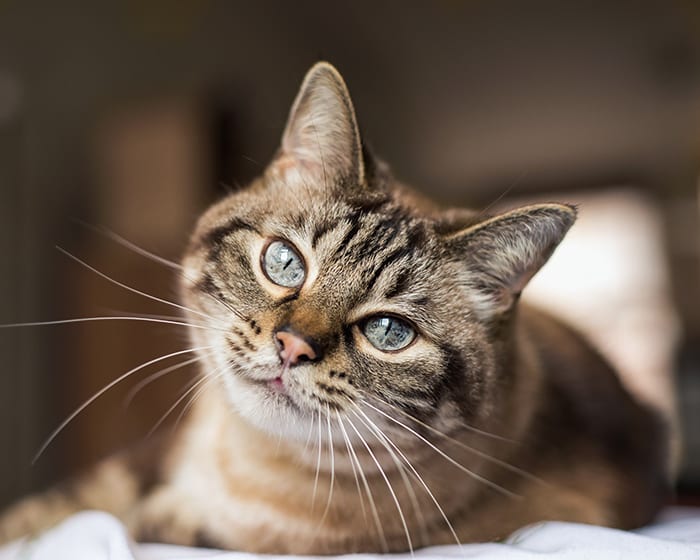
Common Eye Conditions Northwest Animal Eye Specialists Specialty Veterinarians

Treating Viral And Bacterial Conjunctivitis In Cats Medvet
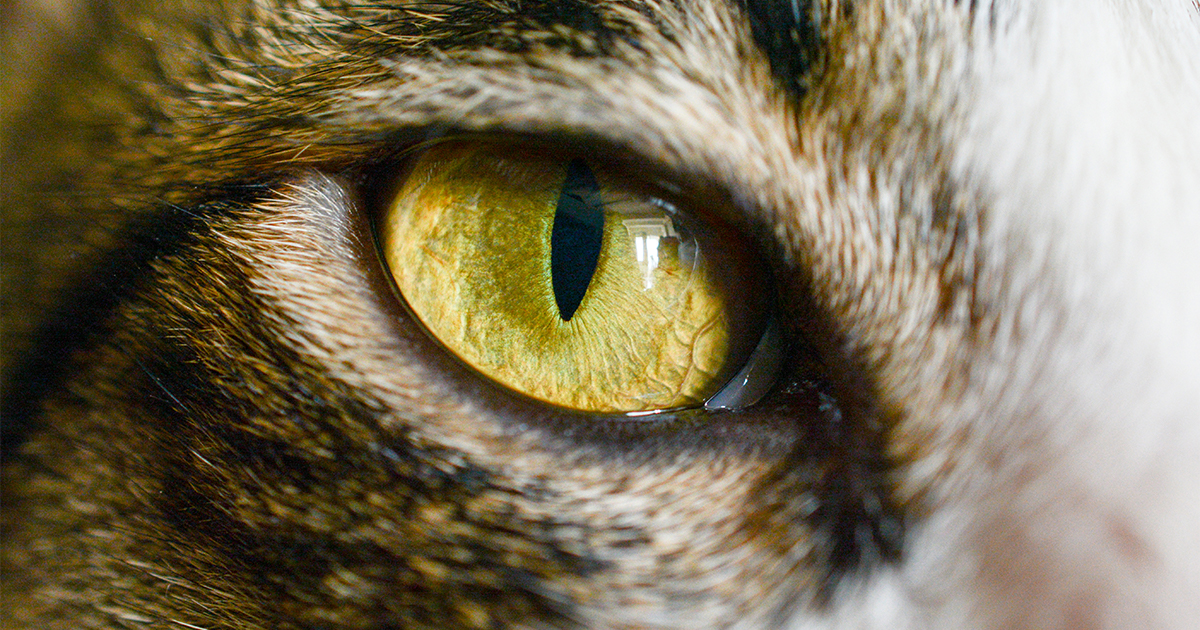
/GettyImages-1206227815-c02d256f04ce4a83867437c68cc4bb80.jpg)


